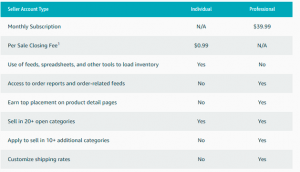Shopify vs. Amazon: An In-Depth Comparison
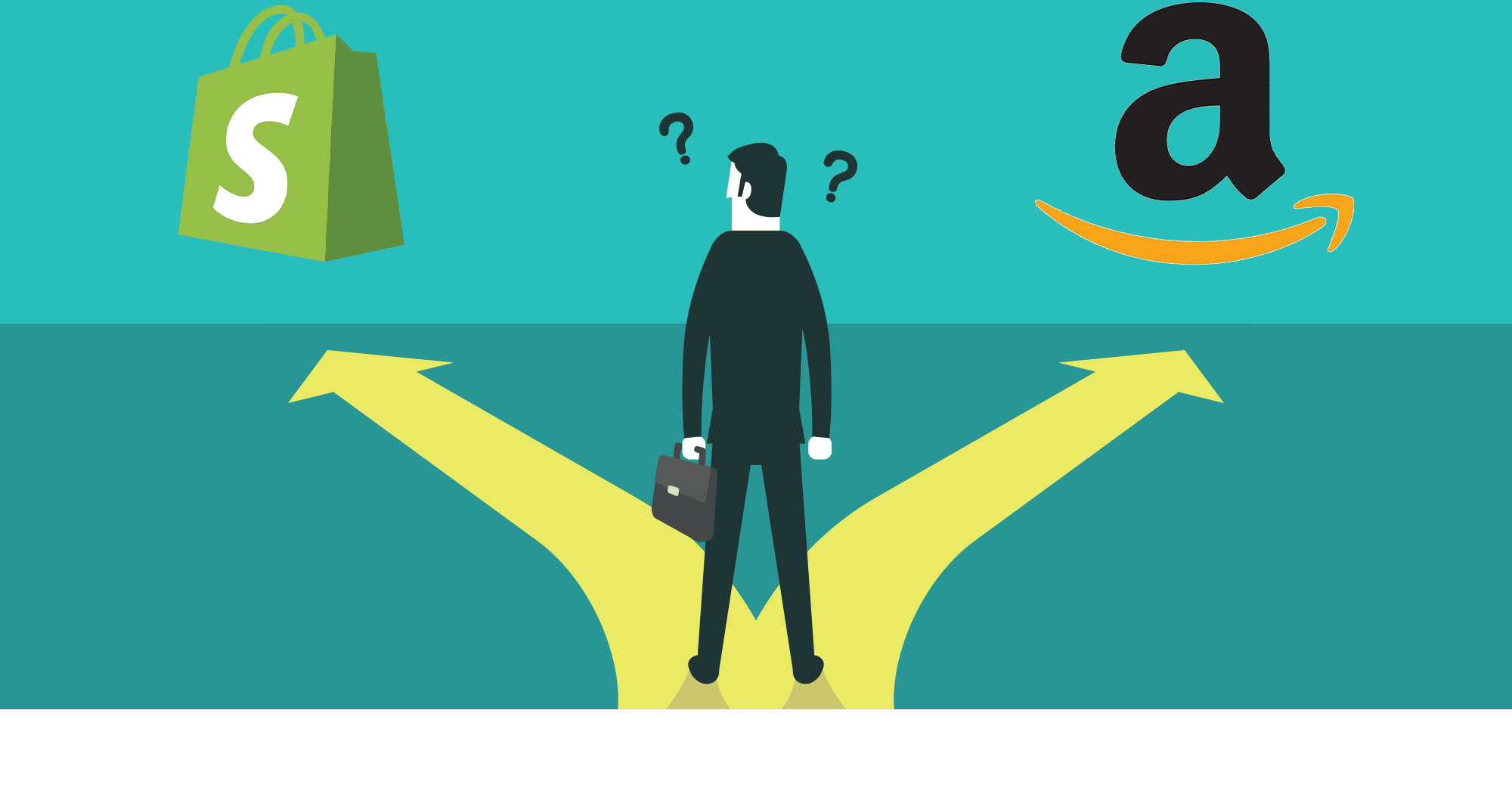
Shopify and Amazon are two of the biggest names in e-commerce. And if you're looking for the best platform to use, we understand why you’ve narrowed your search to these giants.
These platforms have some very important feature differences that you should consider when making the final choice. Let's examine each of them.
Contents
- An Overview of Amazon and Shopify
- Which Is Easier to Set Up: Shopify or Amazon?
- Amazon vs. Shopify: Pricing
- Traffic and Revenue: Amazon vs. Shopify
- Customizability of Your Store
- Order Fulfilment
- Payment Options
- Seller Autonomy
- Conclusion
How Is Shopify Different from Amazon?
Both Amazon and Shopify allow business owners to promote and sell their products online. But a quick visit to these platforms immediately reveals their differences.
Amazon is an online marketplace. Shopify, on the other hand, is an ecommerce platform that allows sellers to sell their products to the exclusion of other business owners. A Shopify store looks like a seller’s own ecommerce website (which it technically is), while Amazon features multiple sellers, and in case of arbitrage, multiple people even share a single listing.
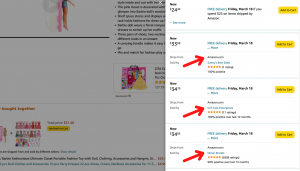
As a marketplace, Amazon allows third-party sellers to promote their products on the website. But Amazon also sells their own products, effectively competing with other sellers.
Customers behave differently on Amazon and on Shopify stores. On Amazon, most people aren’t really looking for your brand in particular unless you’re selling a well-known product. However, on Shopify, customers already know they can only buy from your brand unless they visit another Shopify store.
Shopify allows business owners to make their own websites that show only their brand. So customers who go to a Shopify-hosted brand website will see highly personalized pages for a single brand.
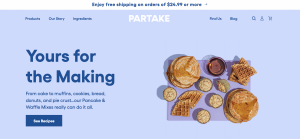
Which Is Easier to Set Up: Shopify or Amazon?
This is quite a difficult question to answer because a lot of factors have to be taken into consideration. For example, are you selling a private-label product or a pre-made product by another brand? It’s also important to consider the kind of product and the category it falls into because it may be restricted on the platform.
Selling on Amazon can prove to be easier to get started with when we’re just looking at the bare minimum. This is because you can’t really do much in terms of style and design on an Amazon listing as opposed to a Shopify store, where you have to plan out a whole website. This is especially true when it comes to resellers because the listing is already there, ready to use.
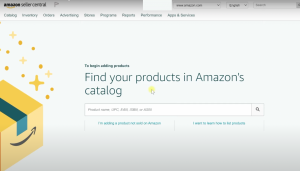
However, when you’re a private-label seller selling on Amazon, there’s a chance you’ll have to wait for sometime because there are categories that require a Professional seller account, some products require approval to sell, and some cannot be sold by third-party sellers.
Related Reading: How to Sell on Amazon
Both Shopify and Amazon have a list of restricted products, but Shopify’s list is considerably shorter than that of Amazon.
With Shopify, a new seller needs to go through a series of pages that require some information about the brand, the owner, and then you can soon have fun with the design. If you’re not ready to commit yet, you can play around with the platform to get a feel for it. They literally have an option called “I’m just playing around.”
Amazon vs. Shopify: Pricing
Whichever platform you choose, there are seller fees and plans involved. Here’s a summary of the Shopify and Amazon pricing.
| Plan | Basic | Shopify | Advanced |
|---|---|---|---|
| Price | $29/month | $79/month | $299/month |
| Transaction fees | 2% | 1% | 0.5% |
| Staff accounts | 2 | 5 | 15 |
| Reports | – | Standard | Advanced |
| Third-party calculated shipping rates | No | No | Yes |
| Duties and import taxes | – | – | Yes |
| Assign inventory | Up to 4 | Up to 5 | Up to 8 |
All of the plans have the following features:
- Online store
- Unlimited products
- 24/7 support
- Sales channels
- Discount codes
- Free SSL certificate
- Abandoned cart recovery
- Gift cards
Amazon gives two options to sellers: Individual and Professional.
If you’re just starting out and selling not more than 40 units a month, then the Individual Plan is right for you. There are no monthly fees, but you do have to pay $0.99 for every item you sell plus a variable referral fee. These referral fees typically range from 10 to 15% of your final sale amount.
If you use Fulfillment by Amazon, you also have to pay FBA fees if you use their service.
The Professional Plan, on the other hand, will cost you $39.99 per month. You will not have to pay a $0.99 closing fee like with an individual selling plan but you will still have to pay the variable closing fee and shipping/Fulfillment by Amazon fees.
Traffic and Revenue: Amazon vs. Shopify
In 2021, Shopify processed $79.5 billion worth of orders. Compare this with Amazon’s $82.3 billion in Q4 alone. Amazon also has more visitors at around 197 million per month compared to Shopify’s 56.5 million.
Without a doubt, Amazon is bigger than Shopify and has significantly more traffic. However, there is also tighter competition in the former. This is why paid ads on Amazon have been rising significantly over the years.
Customizability of Your Store
It’s a no-brainer to pick a winner for this category. Shopify allows you to represent your brand however you want to with their free and paid themes. They also have a lot of available extensions that you can add to your website to make the experience better for your customers.
Amazon also allows sellers to have a storefront for their brands similar to eBay stores, but they aren’t as personalized as Shopify.
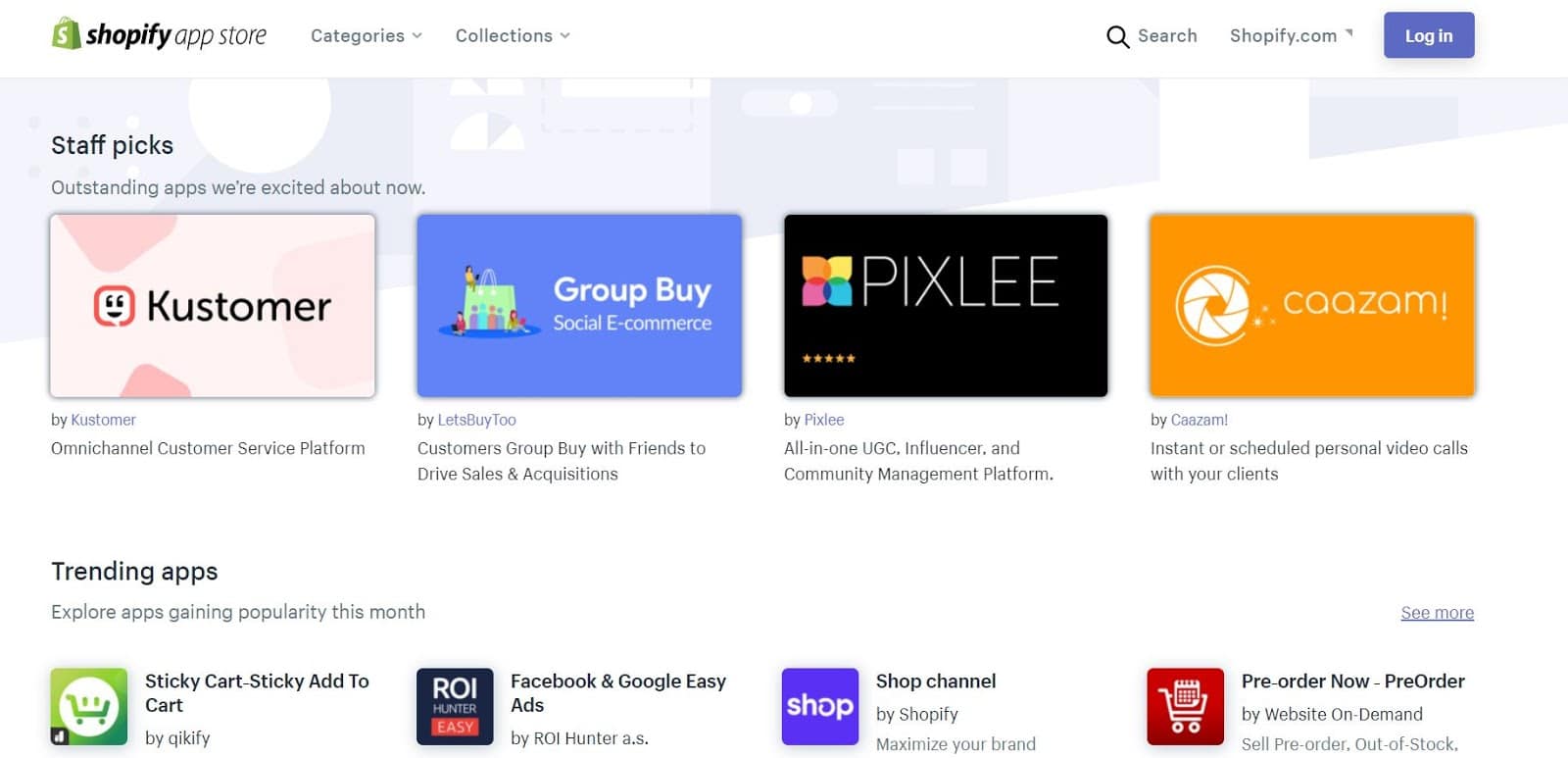
Amazon, on the other hand, limits the things sellers can tweak in their site. This is why optimizing your listing is very important. You better pick the best pictures and the best words to describe your product to stand a chance in the very competitive market.
But to be fair to Amazon, they also have the Enhanced Brand Content (EBC), otherwise known as A+ Content Manager. This free feature allows sellers to differentiate their listings from other brands and convey brand value. Basically, it gives brands a chance to tell their story better to their customers.

However, not all sellers qualify for the Amazon EBC. You need to be registered in the Amazon Brand Registry and have a registered trademark.
Order Fulfillment
When your sales go up you probably want to focus on more than just shipping packages. You will need the help of third-party logistics for this.
If you use Amazon to sell your product, then Amazon FBA (Fulfillment by Amazon) takes care of this for you. Uncle Jeff has multiple warehouses around the world to store sellers’ inventories and thousands of employees to send your products to customers that place an order on the platform.
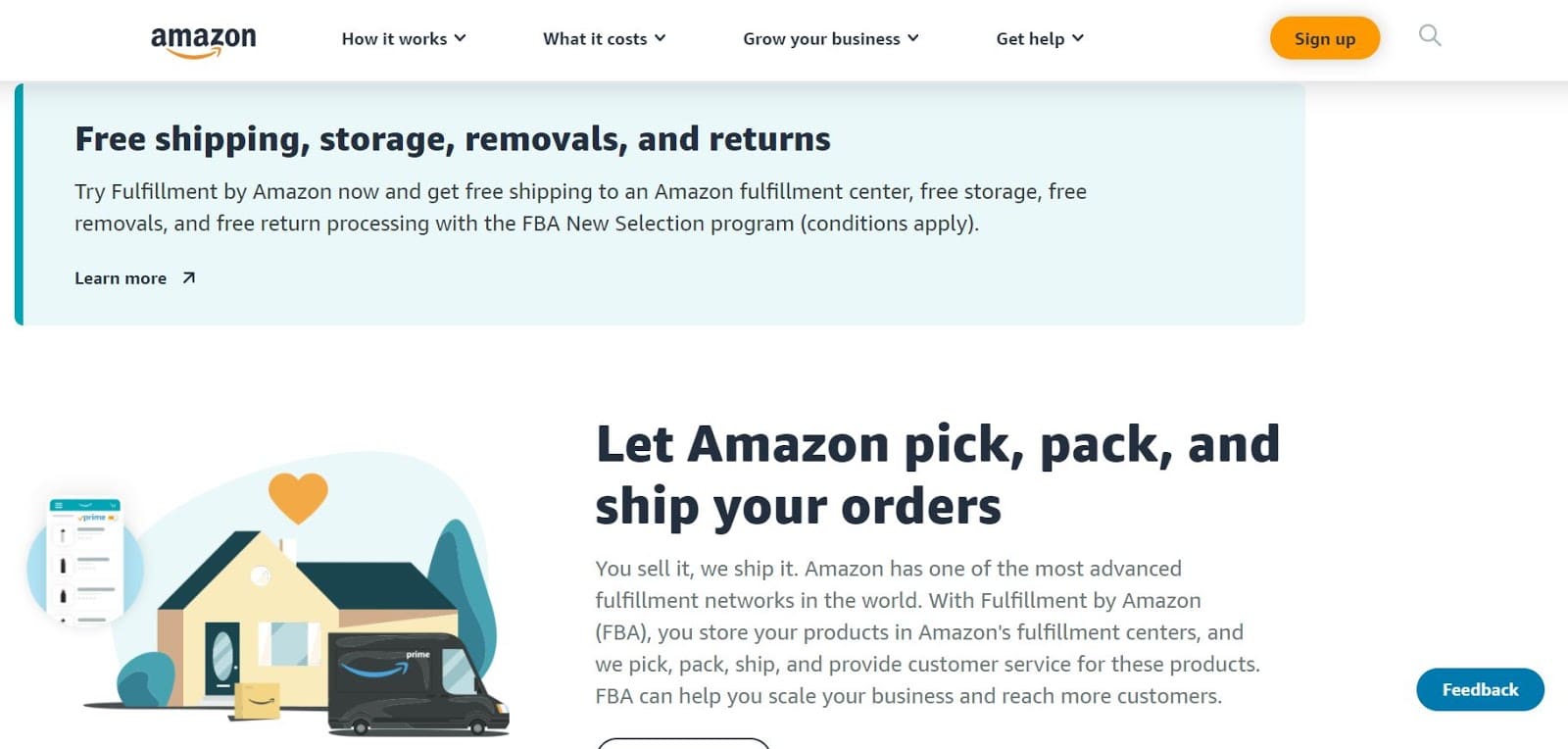
This is very convenient for third-party sellers because all they need to do is ship their products from the factory to the warehouses and take care of business from their homes, in front of their computers.
Of course, this is not a free service. Sellers have to pay FBA fees and FBA storage fees to get this convenience.
Shopify, on the other hand, recently rolled out the Shopify Fulfillment Network. This isn’t as streamlined as Amazon FBA, but this is the platform’s first attempt to rival Amazon’s fulfillment services.
There is, however, an Amazon program that allows even non-Amazon sellers to use their warehouses and fulfillment services. This is the Amazon Multi-Channel Fulfillment. If you’re a Shopify store owner, you can use this service instead of the Shopify Fulfillment Network.
Payment Options
You can add applications such as Doubly to your Shopify store to enable currency conversion.
Having more payment options allows customers to more easily purchase your products and can have a positive effect on conversion rates.
Shopify has Shopify Payments that will excuse transaction fees. However, you can also use third-party providers. The platform allows you to choose from over 100 credit card payment providers as well as direct and external providers.
Amazon also has a variety of payment options. You can even shop using points, and the currency converter feature is also handy to market to buyers worldwide.

Seller Autonomy
The last factor we want to look at is how much business owners have a say regarding their online stores.
If you’ve ever heard of Amazon seller accounts being suspended for unclear reasons, then you know the horrors that plague brand owners in Uncle Jeff’s lair. You might have the most superb product ever and the sales might be at its highest, but if you break any of their policies, they could shut down your listings without batting an eye. Some mistakes might even land you in jail.
Every Amazon seller knows the pressure of following the platform’s policies, which is why if you aren’t updated about Amazon’s new messaging policies yet, you better get reading.
Shopify, on the other hand, allows sellers to have autonomy. When you sell on Shopify, you’re not renting a spot on a marketplace. You own your site, and Shopify just provides the feature that makes the process seamless. From how their pages should look to the extensions they could add, brand owners are free to mix and match.
So if you don’t like the feeling of constantly walking on eggshells and being limited by too many company policies, Shopify is a good place to check out.
Amazon Within Shopify: Buy with Prime Integration
In 2022, Amazon introduced Buy with Prime, a feature that allows Amazon customers to use their Amazon accounts to buy from off-Amazon stores. This way, the Prime experience is extended to areas outside of Amazon.
When it was first launched, Buy with Prime was seen as a threat by Shopify, as it poses challenges to its own logistics network. However, in August 2023, Shopify caved in and welcomed the feature in its platform. Now, customers can use Buy with Prime when shopping on Shopify stores.
Conclusion
So is it better to sell on Shopify or on Amazon?
If you value brand presence more than anything else, Shopify is the clear choice. However, if you want a higher chance of getting more traffic early on, it’s best to start with Amazon.
Both platforms have their own strengths and weaknesses. The good news is that you don’t have to choose between the two forever. Over time, the wise thing to do is to use both to maximize revenue and create better brand awareness.
Which platform do you think is better for your business? Are you team Amazon or team Shopify?
